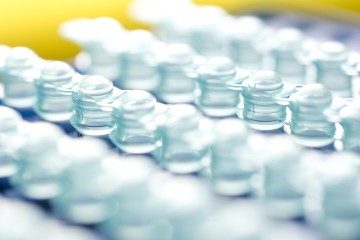Fellowship
Improving preclinical proton radiation dosimetry using a biologically relevant murine dosimetry phantom

At a glance
Completed
Award date
October 2022 - December 2024
Grant amount
£121,654
Principal investigator
Miss Emma Biglin
Institute
University of Manchester
R
- Reduction
